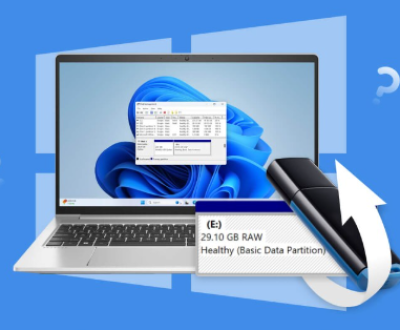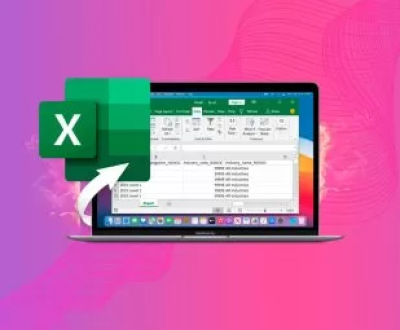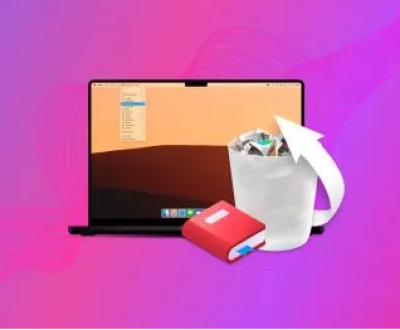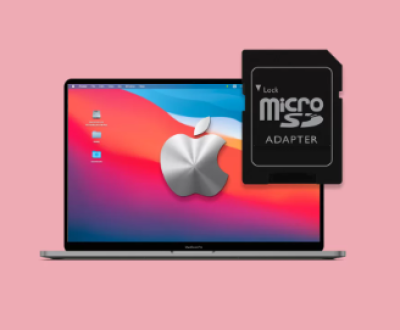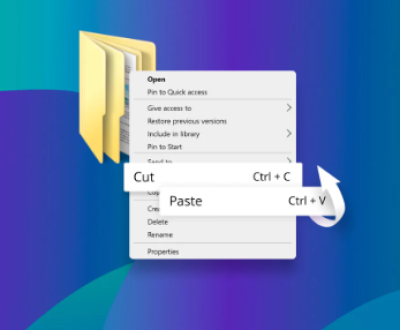Restoring lost photos from an SD card is a common concern for many people, especially since digital images are stored in a variety of places, including cameras, smartphones, and computers. While SD cards are reliable storage devices, they are also vulnerable to issues such as accidental deletion, corruption, formatting errors, or even physical damage. If you’ve lost photos from an SD card, don’t panic. The likelihood of recovering your photos depends on several factors, such as the extent of data corruption or damage, and whether you have overwritten the lost data with new files. Below is a comprehensive guide on how to restore lost photos from an SD card, including methods, tools, and tips for improving the chances of recovery.
1. Data Loss on SD Cards
Before diving into the recovery process, it’s important to understand why photos get lost from SD cards. Common causes include:
Accidental Deletion: Photos can be accidentally deleted by pressing the wrong button or selecting the wrong files.
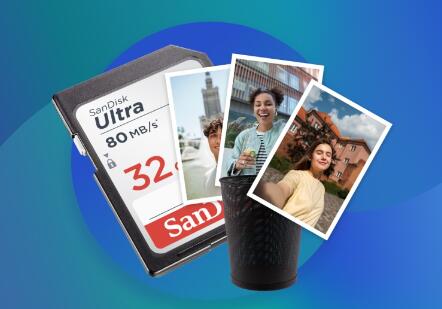
Card Formatting: Formatting an SD card can erase the stored files, including photos.
Corruption: SD cards can become corrupted due to improper ejection, power loss during file transfer, or physical damage.
File System Errors: Sometimes the file system becomes damaged, preventing access to your photos.
Physical Damage: A damaged SD card may cause unreadable or lost data.
When these issues occur, the data may not be immediately lost. In many cases, the photos still exist on the SD card but are marked as “deleted” or “inaccessible” until they are overwritten by new data.
2. Preliminary Steps to Take Immediately After Data Loss
When you first realize that your photos are lost, there are a few immediate actions you should take to prevent further damage and increase the chances of successful recovery:
A. Stop Using the SD Card
When data is deleted or lost, the information is not immediately erased from the SD card. Instead, the space it occupied is marked as available for new data. If you continue to use the card, it’s possible that new files will overwrite the lost photos, reducing the likelihood of successful recovery. Therefore, immediately stop using the SD card and do not take any more photos, videos, or files until recovery is attempted.
B. Remove the SD Card from the Device
If you’re using an SD card in a camera, smartphone, or other device, remove it immediately to prevent any further actions that could potentially overwrite the lost data. Once removed, do not insert it back into the device until after the recovery process is complete.
C. Use a Card Reader
To increase the chances of recovery, connect the SD card directly to a computer using a card reader. This eliminates any risk of further data being written to the card by the original device.
3. Methods for Recovering Lost Photos from an SD Card
There are various ways to restore lost photos from an SD card. Below are the most effective methods for data recovery:
A. Check the Recycle Bin (for Computers)
In some cases, the lost photos may have been deleted from the SD card but can still be recovered from the computer’s recycle bin (if you transferred them from the card to a PC before deletion). Open the Recycle Bin (Windows) or Trash (Mac) and look for the deleted photos. If found, simply right-click and restore them to their original location.
B. Use File Explorer (Windows) or Finder (Mac)
Sometimes, photos may not be entirely lost but simply invisible due to file system issues. If the photos are not showing up on the SD card, try accessing the SD card via File Explorer (Windows) or Finder (Mac). If the photos are still present but not visible due to hidden file attributes or corruption, there are a few other tools that may help.
C. Use a Data Recovery Software
Panda Assistant is a powerful data recovery solution designed to help users retrieve lost, deleted, or corrupted files from a wide range of storage devices, including hard drives, USB drives, SD cards, and memory cards. This intuitive software is tailored for both beginners and advanced users, offering an easy-to-use interface and robust recovery features.
With Panda Assistant, users can recover a variety of file types, including photos, videos, documents, emails, and more, regardless of how the files were lost whether through accidental deletion, system crashes, or device corruption. The software offers multiple scanning modes, including quick and deep scans, ensuring that even the most difficult-to-retrieve data can be recovered.
One of the standout features of Panda Assistant is its preview function, which allows users to view recoverable files before restoring them, ensuring they only recover what they truly need. The software also supports a wide array of file systems, including FAT, NTFS, and exFAT, making it compatible with a variety of devices and operating systems.
D. Use Command Prompt (Windows)
For advanced users, Command Prompt can sometimes help recover lost photos from an SD card if the card has a corrupted file system. This method involves using the “chkdsk” utility to fix errors and recover files. Here’s how:
Insert the SD card into a card reader and connect it to your computer.
Open Command Prompt (type “cmd” in the search bar).
Type the following command and press Enter:
bash
chkdsk X: /f
(Replace “X” with the letter assigned to your SD card).
If errors are found, the system will attempt to fix them and may restore lost files.
E. Professional Data Recovery Services
If software recovery methods fail, or if the SD card is physically damaged, professional data recovery services may be able to help. These services specialize in recovering data from damaged or corrupted storage devices. However, professional recovery can be costly and may not always guarantee success. You should consider this option if the photos are particularly important and cannot be recovered using software methods.
4. Tips for Successful SD Card Photo Recovery
Act Quickly: The sooner you stop using the SD card after losing photos, the higher the chances of successful recovery.
Avoid Saving Files to the Card: When using recovery software, always save recovered photos to a different storage location (not the SD card) to avoid overwriting the lost data.
Use Read-Only Mode: If possible, set your SD card to read-only mode while attempting to recover photos. This prevents further data from being written to the card and increases the chances of recovery.
Backup Your Photos Regularly: To prevent future data loss, it’s a good idea to regularly back up your photos to cloud storage, an external hard drive, or another safe location.
5. Preventing Future Data Loss
While recovering lost photos is often possible, it’s much easier to prevent data loss from occurring in the first place. Here are a few tips to ensure your photos remain safe:
Backup Your Files: Always have multiple copies of your photos in different locations, such as a computer, external drive, or cloud storage.
Eject the SD Card Properly: Always eject your SD card safely from the device to avoid file system corruption.
Format the SD Card Regularly: Formatting your SD card (when appropriate) can help keep it in good condition. However, remember to back up your files before formatting.
Avoid Physical Damage: Handle your SD card with care to avoid physical damage. Don’t bend, drop, or expose it to moisture or extreme temperatures.
About us and this blog
Panda Assistant is built on the latest data recovery algorithms, ensuring that no file is too damaged, too lost, or too corrupted to be recovered.
Request a free quote
We believe that data recovery shouldn’t be a daunting task. That’s why we’ve designed Panda Assistant to be as easy to use as it is powerful. With a few clicks, you can initiate a scan, preview recoverable files, and restore your data all within a matter of minutes.
Subscribe to our newsletter!
More from our blog
See all postsRecent Posts
- Retrieve files from usb 2025-07-04
- How to retrieve overwritten excel file 2025-07-04
- How to retrieve lost files on sd card 2025-07-04

 Try lt Free
Try lt Free Recovery success rate of up to
Recovery success rate of up to

